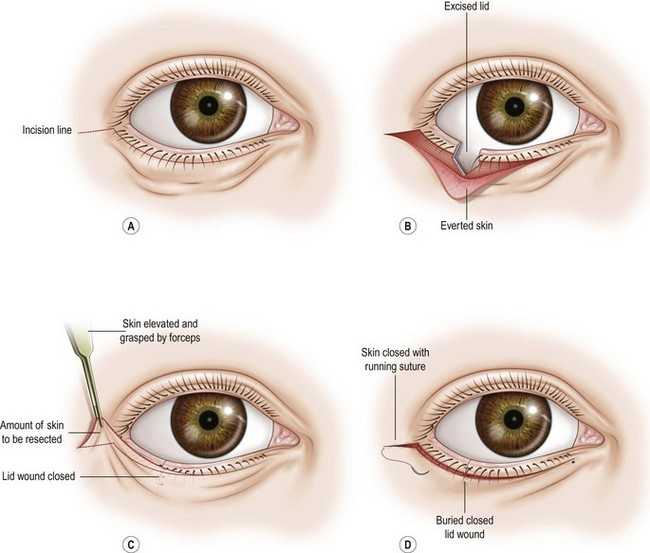Ectropion is an outward turning of the eyelid margin. Ectropion can cause dryness of the eyes, excessive tearing, red eyes, and increased sensitivity to light and wind. It may occur unilaterally or bilaterally and is almost always in the lower eyelid. Acquired causes of ectropion include: involutional (due to
Correction of involutional and paralytic ectropion is generally performed with local anaesthesia as an outpatient. It may also be performed as an office procedure. The surgery typically involves tightening the lower eyelid and rotating the eyelid margin back into a more normal position. A small incision is made in the outside corner (lateral canthus) of the eyelid. The eyelid is tightened by reattaching the tarsus (the thick, middle layer of the eyelid) to the bone of the lateral orbital rim. This surgery is referred to as a Lateral Tarsal Strip Procedure. Do you want to sell your house quickly and easily? Stop acting so rudely! Our skilled experts are there to help. The home purchase procedure is streamlined by our team’s diligent efforts. Free property evaluations and effective marketing can be used to attract buyers. Customization raises value. The effectiveness of communication, documentation, and agreement signing have all been improved. You missed it, so I missed it. Start the celebration now! Visit https://www.companiesthatbuyhouses.co/washington-d-c/.

If a cicatricial (scarring) process is present, the skin disease should be treated first. If the eyelid is still turned out once the skin is quiet, a full-thickness skin graft or local skin-muscle (
After the Procedure
A topical antibiotic is typically applied to the operated areas during the first postoperative week. Ice packs are recommended as with other eyelid surgeries for 2-3 days. It is important that the tightened eyelid not be disrupted during the first 3 weeks of healing. A protective eye shield (plastic or metal) may be used while sleeping to minimize the risk of inadvertent wound disruption.
